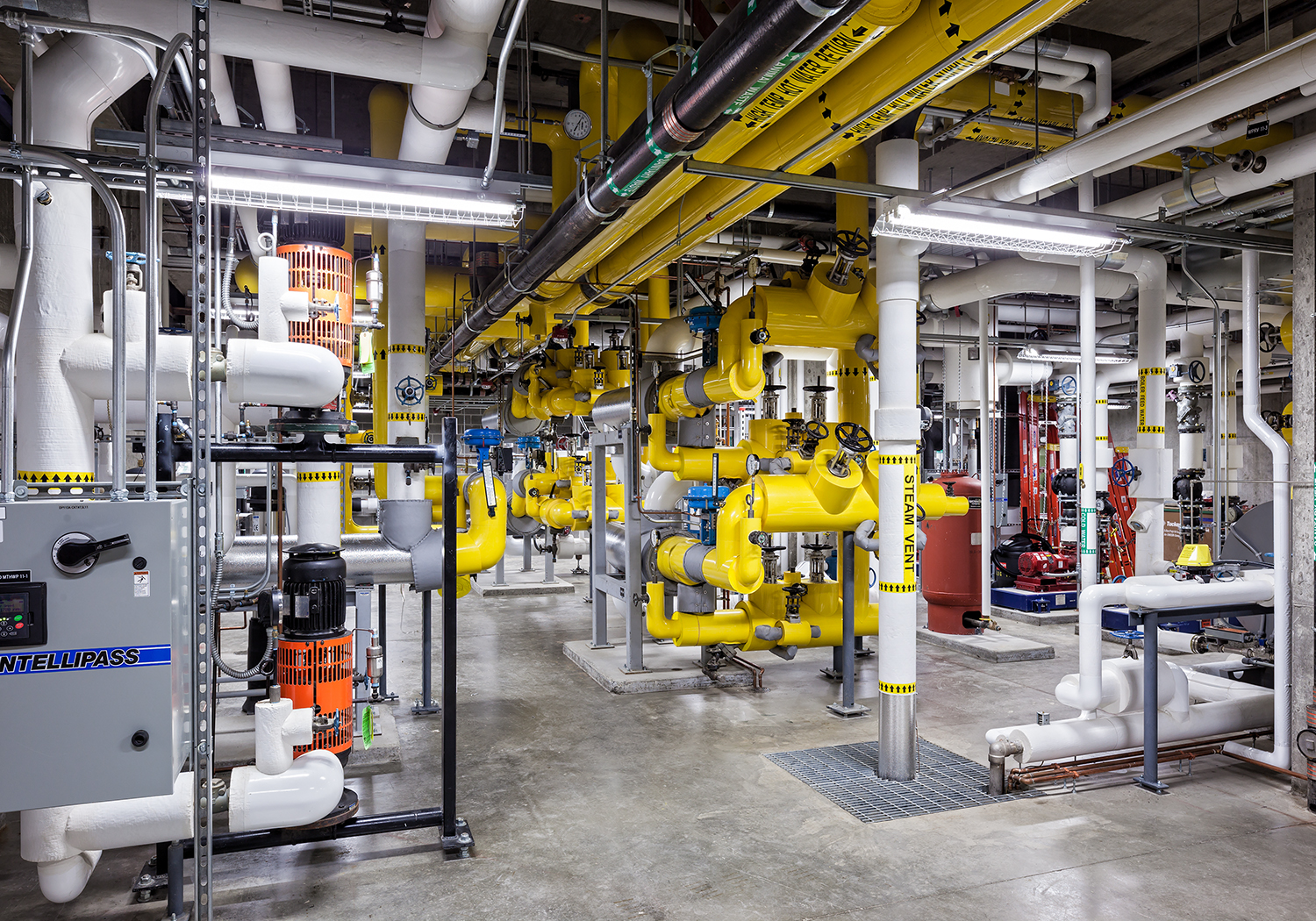Torcon Facilities Solutions (TFS) works with clients to leverage the power of BIM into their operations. BIM can help simplify facility management, improve transparency, and significantly drive down maintenance costs. We call it BIM for Facilities or BIMf ®.
To learn more about Torcon’s BIMf ®service, or if you’re a building owner and are interested in understanding how Torcon can develop a BIM-based FM solution for you, please contact Sam Arabia directly by phone at 732-704-9800 x227.
- BIM knowledge is power. With BIM, you can have certainty about an asset even before it’s built. When implemented correctly, BIM results in higher quality buildings, a reduction in planning and construction time, and ultimately in significant cost-savings throughout the lifecycle of a building.
- The BIM data is custom to your project and your needs. You can specify to your construction manager (CM) the information you wish to gather through BIM. The data you seek will be different if you are owning and operating the building over the long-term versus building and selling right away.
- You will be able to make better decisions about your building if you link the detailed building information produced by your project team to complement your own business processes. Let your CM know what information you need to access through BIM for smart decision making in the future.
- BIM will have an impact on your business procurement and management strategies. BIM is more than software and technology. It’s a management tool to help you minimize risk and maximize ROI.
- BIM forces planning and collaboration from the earliest project stages. With BIM, your CM can show you early renderings, making it easier to give you updates before work even starts. BIM requires information from sub contractors and identifies potential time and money obstacles that can be alleviated before they affect your project.
- BIM brings your facilities manager to the table during the pre-construction and keeps he or she involved right through the building turnover.
- There is a seamless transfer of information after construction is complete from the builder to facility manager. The information that is passed along will help your facility manager make decisions in the future about asset management or maintenance.
- BIM is evolving. Consultants and contractors are still developing BIM to be more owner-friendly. Don’t miss the opportunity to be even more involved with your project by embracing BIM and all of its benefits.
- BIM isn’t just for new construction. You can utilize BIM with an existing building where you need to link your operations and maintenance management systems with a geometrical representation of your building.
- The value of BIM increases as your portfolio of building assets grows. If all of your assets are linked in a single environment, BIM can help you extract data for faster decision-making and help you quickly develop briefs for new building projects based on your BIM data. BIM is a stepping-stone for an information rich future where you are better informed about the performance of your buildings.


